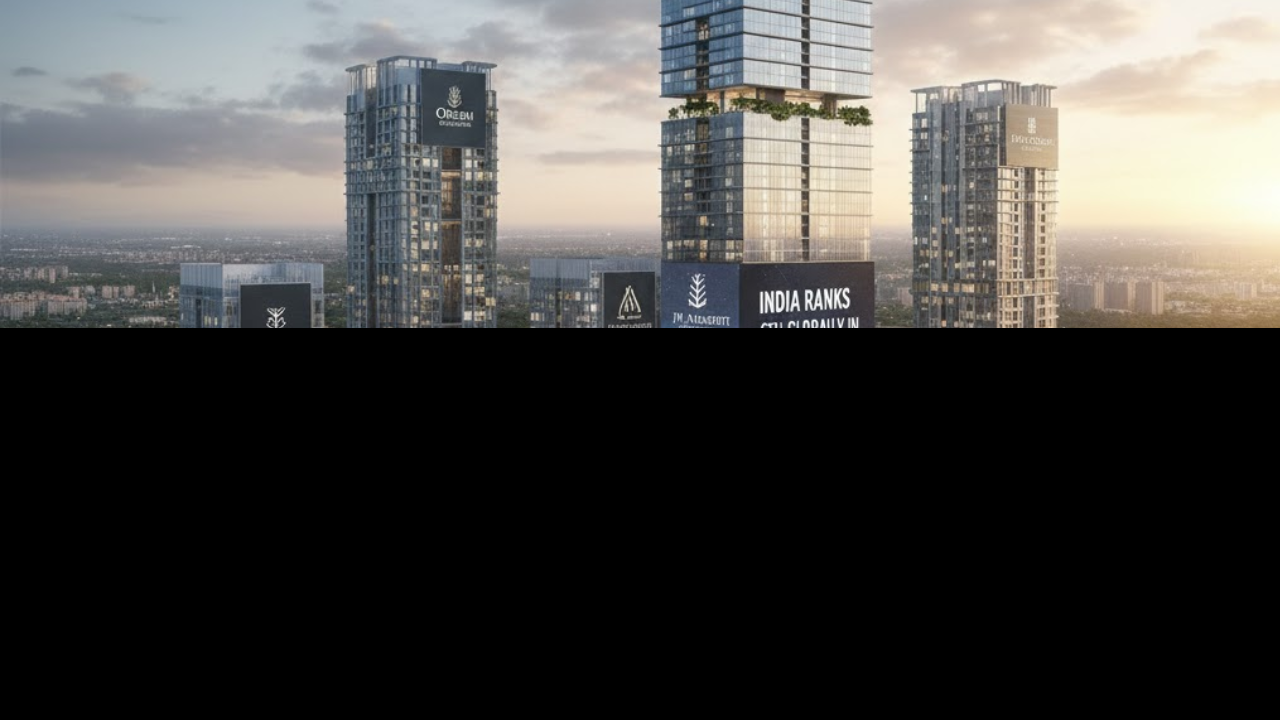
Post by : Naveen Mittal
In a major milestone, India has now secured the sixth position globally in terms of live branded residence projects—contributing about 4 % of the global supply. This ranking, revealed in the 2025 Residence Report by a leading real estate advisory, underscores how the country is steadily carving a niche in the ultra-luxury, brand-affiliated housing segment.
Branded residences—homes developed in collaboration with established hotel, fashion, design, or lifestyle brands—are becoming more than a niche luxury indulgence. They are increasingly seen as signals of status, as investment bets, and as lifestyle upgrades for India’s growing high-net-worth population.
This article delves into how India reached this milestone, what’s driving growth, which cities lead the charge, key challenges, and what the future holds for branded living in India.
Branded residences are residential units (apartments, penthouses, villas) developed in partnership with a recognized brand (usually in hospitality or luxury lifestyle) that lends its name, standards, and services to the project. These often come with:
Premium design, materials, and finishing
Hotel-level amenities: concierge, housekeeping, spa, fine dining
Professional property management
Shared brand reputation and recall
Higher price premiums relative to non-branded luxury homes
The appeal is a blend of aspirational living, lower hassles for homeowners, and potential for brand-driven capital appreciation.
India’s ascent to sixth place reflects both the expansion of branded residential launches and increasing delivery of projects. The country now has multiple completed branded residences across major cities, making up a meaningful share of global live stock.
While mature markets (U.S., UAE, etc.) have longer histories and deeper inventory, India’s share is rising fast due to heightened luxury demand and developer ambition.
With 4 % share of global supply in branded residences, India stands ahead of many aspiring markets. Though it trails leaders like the U.S. and UAE, the rise is notable given that India moved into this space later than many peers.
India also appears in the top 10 for pipeline branded projects, though its share of future projects (approx. 2 %) suggests scope for growth compared to current live stock.
A handful of Indian metros dominate the branded residence landscape:
Mumbai leads, especially in ultra-prime zones like Worli, BKC, Lower Parel
Delhi-NCR, Bengaluru, Pune also host significant branded developments
Emerging lifestyle destinations like Goa and Uttarakhand are being tapped for second homes and resort-branded projects
These cities benefit from infrastructure, demand for luxury lifestyles, and developer readiness to collaborate with global brands.
India has seen a surge in its UHNI population (those with assets over USD 10 million). The rising count of global wealth-holders increases demand for homes that are not just functional but status-rich and branded.
These buyers are often well-travelled, familiar with global luxury brands, and prefer branded living for its trust, prestige, and consistency.
For many buyers, especially in new or vulnerable luxury markets, association with a strong global brand helps reduce perceived risk. The brand promise (in quality, service, delivery) becomes a differentiator in real estate, where trust in developers may vary.
By integrating a brand into a project, developers can command brand premiums over conventional luxury pricing. The brand adds perceived value, allowing higher margins and better positioning.
Additionally, developers benefit through licensing fees, operational partnerships, and leveraging the brand’s global network for marketing.
Many affluent buyers are unwilling to manage day-to-day operations—hiring staff, upkeep, security, vendor management. Branded residences offer an “all-in-one” living experience: you buy a home, and the brand takes care of services, maintenance, and standards.
As luxury markets become crowded, differentiation matters. Branded residences offer a unique position—less commoditized, more curated, and more consistently premium. Developers use them to stand out in a competitive landscape.
Mumbai remains the leading hotspot for branded residence growth. From luxury towers in Worli, BKC, and Lower Parel to high-end collaborations with international hotel brands, Mumbai’s concentration of wealth and global exposure make it a magnet for branded projects.
In the National Capital Region, branded residences attract buyers who want global-level luxury in proximity to premium services and infrastructure. Collaborations with top hotel groups are becoming more common here.
Bengaluru, with its tech-driven economy and luxury buyer base, and Pune, as a fast-growing satellite to Mumbai and a hub for affluent professionals, are emerging as strong pockets for branded living.
Beyond metros, developers are exploring branded residences in scenic or resort zones—Goa, Uttarakhand, hill stations—targeting second-home buyers. These projects combine location appeal with brand and service luxury.
To meet brand standards, developers often incur higher capital input—premium finishes, service infrastructure, staff, amenity support, and branding/licensing costs. If absorption is slow, these costs can burden project viability.
The value proposition is closely tied to the brand. If the brand reputation falters, or if the brand-license agreement is weak or short-term, homeowners could feel exposed. The brand must be trusted, stable, and long-term.
Branded residences typically entail higher recurring costs—service charges, management fees, amenities, staffing, maintenance. Some buyers may balk at these fees, especially if they perceive a mismatch between cost and service.
Luxury real estate already grapples with legal, zoning, and RERA issues. Branded residences, with their additional service, licensing, and operational complexity, further require clarity in governance, contracts, and homeowner associations.
As more branded projects come online, competition intensifies. Buyers have options; to stand out, developers must maintain innovation, service, brand strength, and execution consistency.
Industry reports suggest India’s branded residences market could expand nearly 200 % by 2031, capturing new premium demand and pushing into more cities. The sector could be valued in tens of billions USD, especially if developers and brands expand partnerships.
While many current branded projects are hotel-adjacent or co-located, the pipeline suggests a rise in standalone branded residences—pure residential projects under a brand umbrella, without an integrated hotel. This gives more control to developers and flexibility in product design.
Beyond hospitality, more fashion, automobile, design, and luxury lifestyle brands may enter real estate branding. Homeowners may see residences branded by luxury watch, fashion, or sports brands, diversifying identity and appeal.
As luxury spreads, Tier-2 and Tier-3 cities—especially those with strong local demand, tourism potential, or emerging infrastructure—could see branded residence development. Developers may partner with smaller brands or niche lifestyle labels to tailor to local premium markets.
Branded residences offer appeal to institutional investors and sovereign wealth funds seeking premium, securitized real estate exposure. As India’s branded luxury inventory grows, capital inflows into these projects (via JVs, REITs, private equity) can accelerate.
Pick the right brand-fit: Align with brands whose reputation and values match the product and market.
Build a balance: Mix branded and non-branded units to manage risk and pricing exposure.
Keep service sustainable: Cap operating costs, deliver consistent service, and communicate value clearly to buyers.
Phased rollout: Introduce branded projects in phases with pilot developments, test zones, and feedback loops.
Choose strong real partners: Select developers with execution credibility and local knowledge.
Long-term licensing and support: Ensure contracts allow for consistency, brand upkeep, and renewal terms.
Offer compelling service portfolio: Beyond just name, deliver on operations, standards, luxury offerings.
Evaluate contracts and warranties: Understand the life of brand license, service scope, and penalties.
Check service charge structures: Ensure ongoing fees match delivered services.
Consider resale and liquidity: Ultra-premium branded residences may have niche demand at resale.
Brand longevity: Prefer brands with proven global footing or stable reputation.
Dubai, with its global luxury real estate market, has long been a leader in branded residences—especially high-rises, luxury towers, and resort-living homes.
India’s climb to sixth globally suggests convergence: demand for branded, luxury, experience-driven homes is not limited to global cities. As Indian branded supply grows, it may attract global buyers, NRIs, and luxury capital flows—especially from Gulf-based investors.
However, Dubai’s greater regulation, global buyer base, infrastructure readiness, and brand maturity set a high bar. India’s challenge will be in consistently delivering on brand promise, service, and luxury, while navigating local complexities.
Disclaimer
This article is intended for informational purposes only & should not be construed as financial, legal, or investment advice. Readers should perform their own due diligence and seek professional guidance before making real estate or investment decisions.
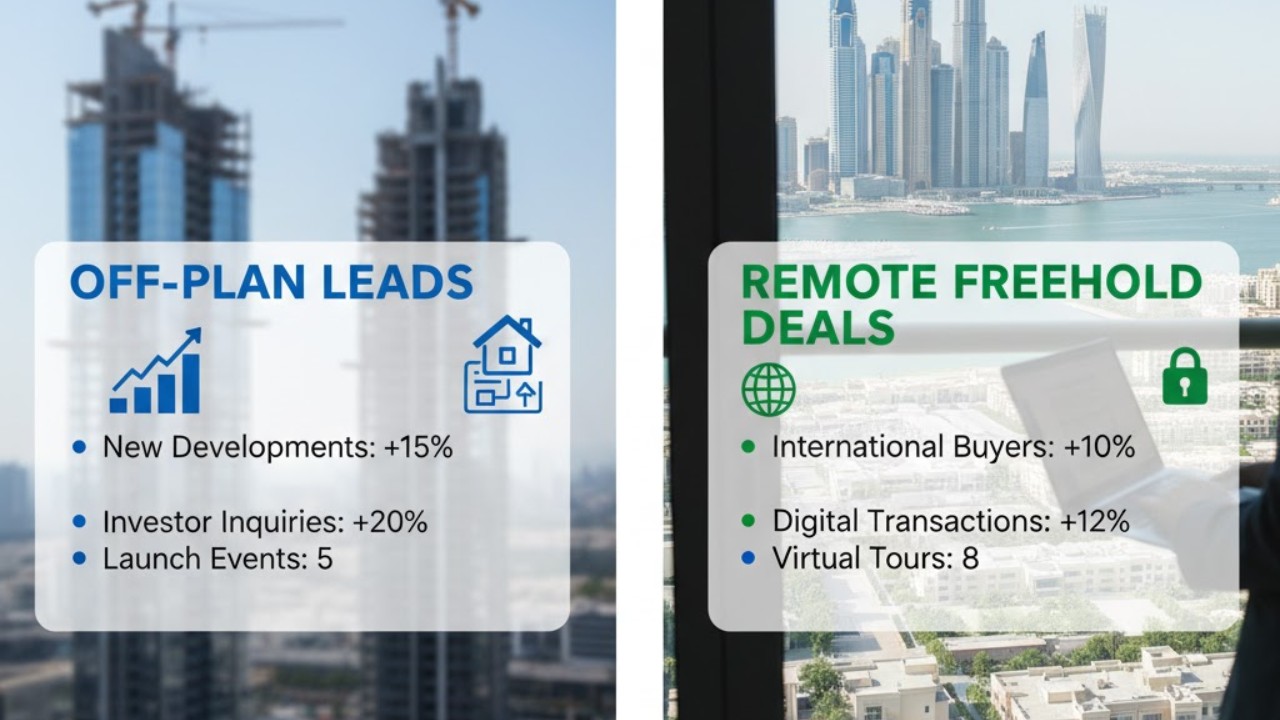
Dubai Weekly Real Estate Snapshot: Off-Plan Leads, Remote Freehold Transactions
Dubai’s Week 41 sees AED 9.82 bn in property deals; 61.3% off-plan; new rule allows remote freehold
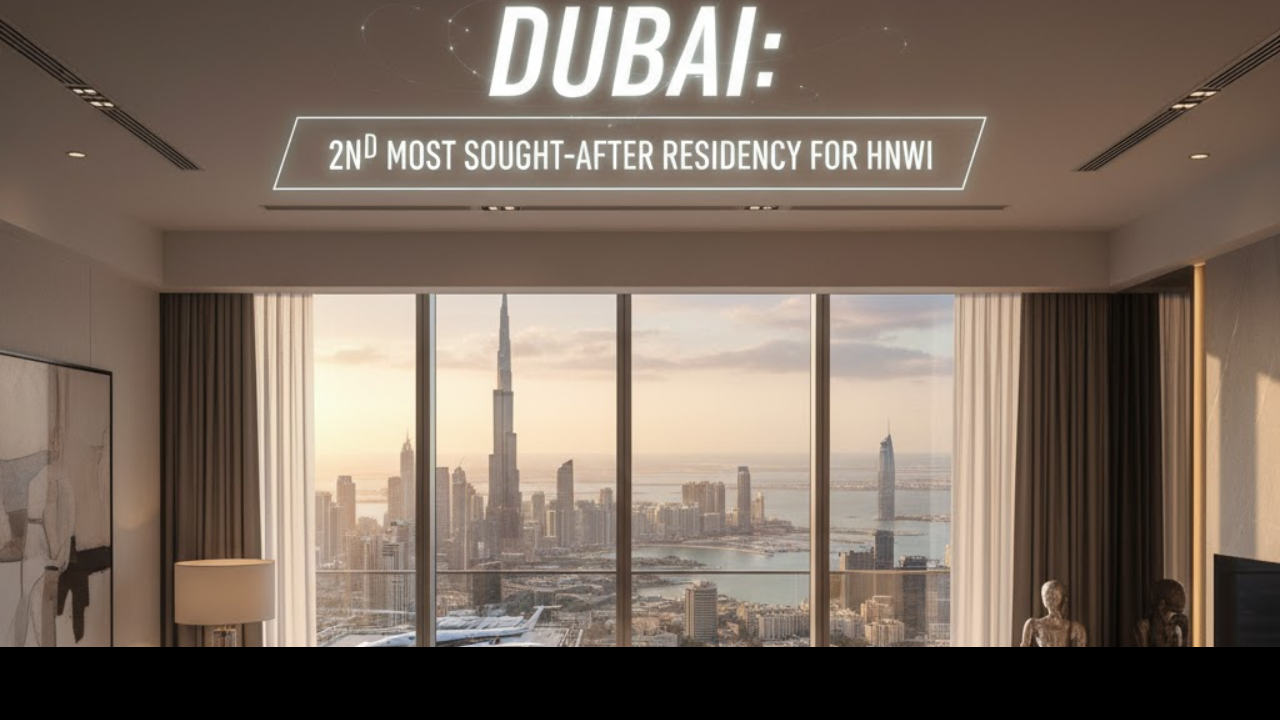
Dubai Becomes 2nd Most Sought After Residency for HNWIs
Dubai climbs as the 2nd most inquired-about residency among HNWIs, driven by Golden Visa, tax perks,

Lodha Gains Global Trust Recognition in Real Estate
Lodha is the only Indian real estate firm named among Newsweek’s 2025 “World’s Most Trustworthy Comp

Dubai Unveils “Dubai Live” — Real-Time AI Urban Command Hub
Dubai introduces “Dubai Live,” an AI-powered urban command hub that integrates real-time city servic
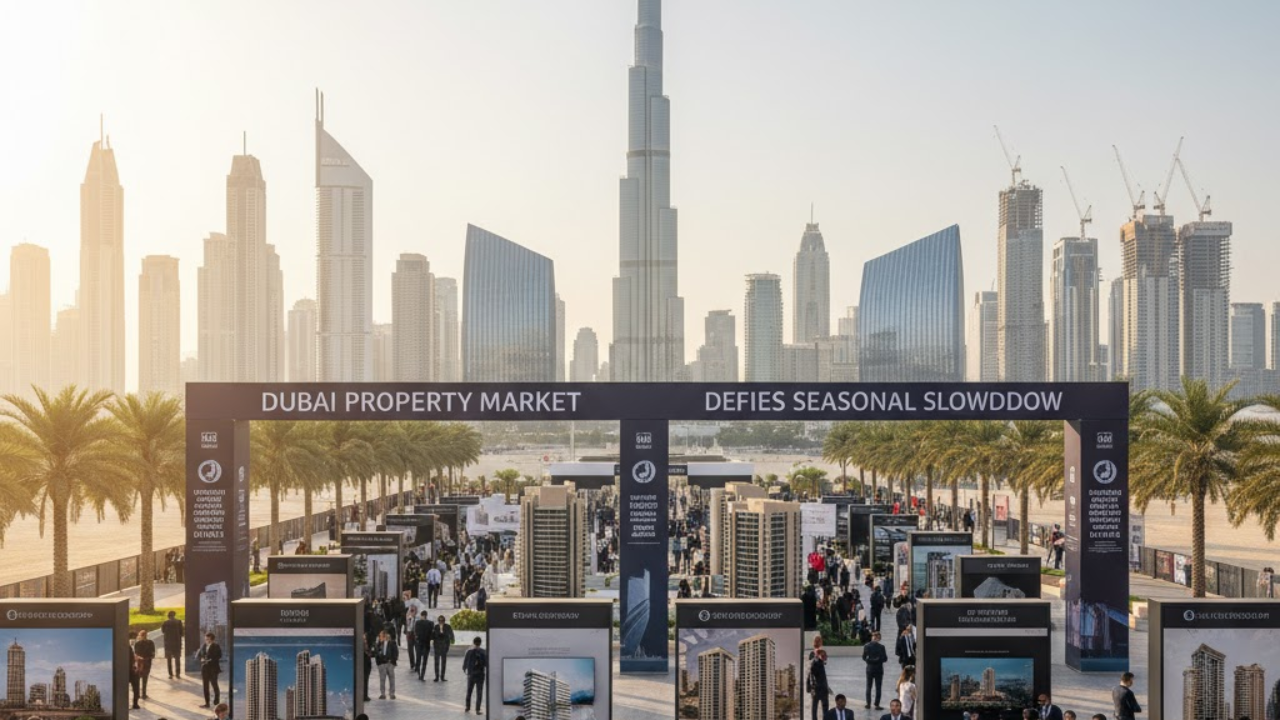
Dubai’s Real Estate Market Defies Seasonal Slowdown: Q3 2025 Surge
Dubai real estate bucks summer lull with 22.7% rise in residential sales and 31% surge in commercial
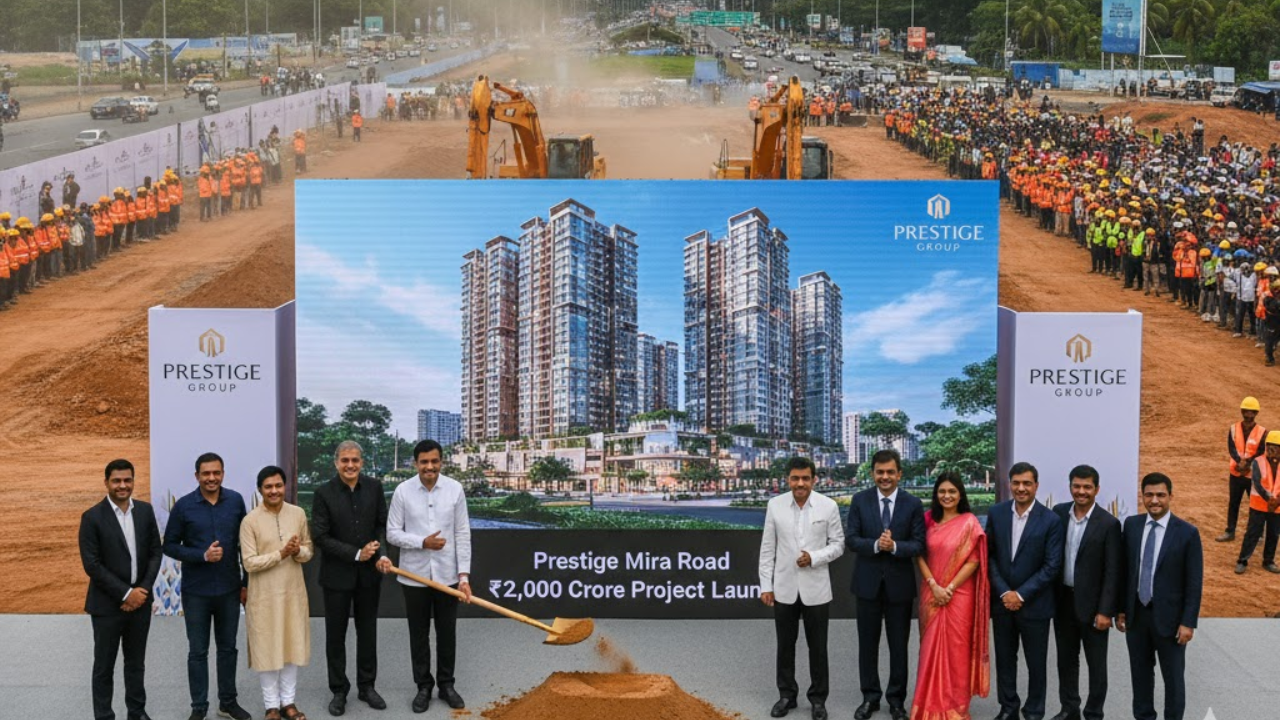
Prestige Unveils ₹2,000 Crore Residential Project in Mira Road, Mumbai
Prestige Group unveils “Prestige Garden Trails” in Mira Road with GDV ₹2,000 cr, 1,324 units, strong

India Climbing the Ranks: Sixth Globally in Branded Residences
India now ranks sixth globally in live branded residence projects, capturing 4% of global supply as

From Marathon to Mallathon Dubai’s Fitness Events Unite the City
Dubai’s marathons Mallathons and beach yoga turn streets malls and beaches into vibrant fitness hubs
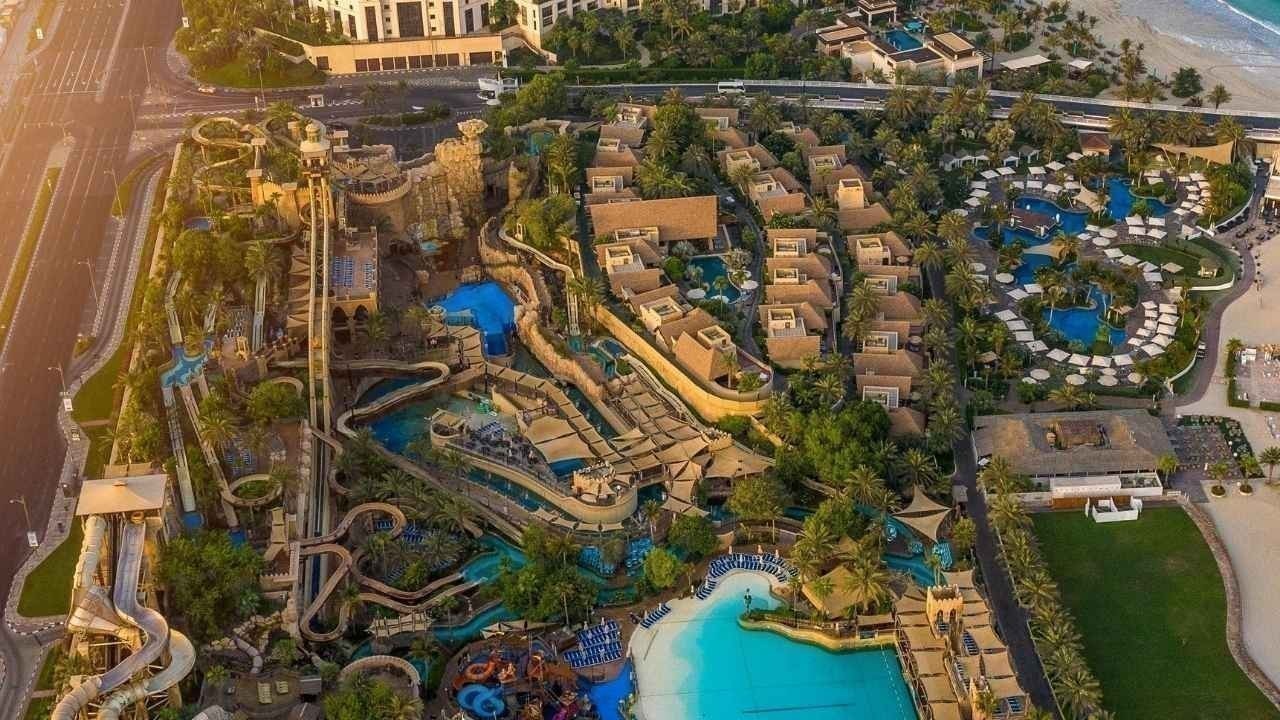
Dubai’s Wellness Revolution Anti Aging Clinics and Luxury Longevity Retreats for the Elite
Discover how Dubai attracts wealthy travelers with luxury anti aging clinics longevity retreats and

Beyond Bling Dubai Designers Lead a Sustainable and Modest Fashion Revolution
Discover how Dubai’s new designers blend sustainability luxury and modesty creating a fresh eco frie

6 Easy Diet Tips to Fulfill Your Daily Protein Requirements Naturally
Discover 6 simple and effective diet tips to meet your daily protein needs naturally for better stre

7 Vegetarian Foods That Naturally Boost Muscle Growth & Strength
Discover 7 vegetarian foods packed with protein and nutrients to boost muscle growth strength and re

5 Delicious Protein Packed Lunch Box Recipes for Kids You Must Try
Try these 5 protein rich lunch box recipes for kids Healthy tasty and easy meals to keep your childr

Rice vs Pasta Discover Which Carb Rich Food is Healthier for Yo
Compare rice and pasta to find which carb rich food is healthier with benefits drawbacks and tips fo

Sherry Singh India’s First Mrs Universe 2025 Winner
Sherry Singh makes history as India’s first Mrs Universe 2025 inspiring women worldwide with her str